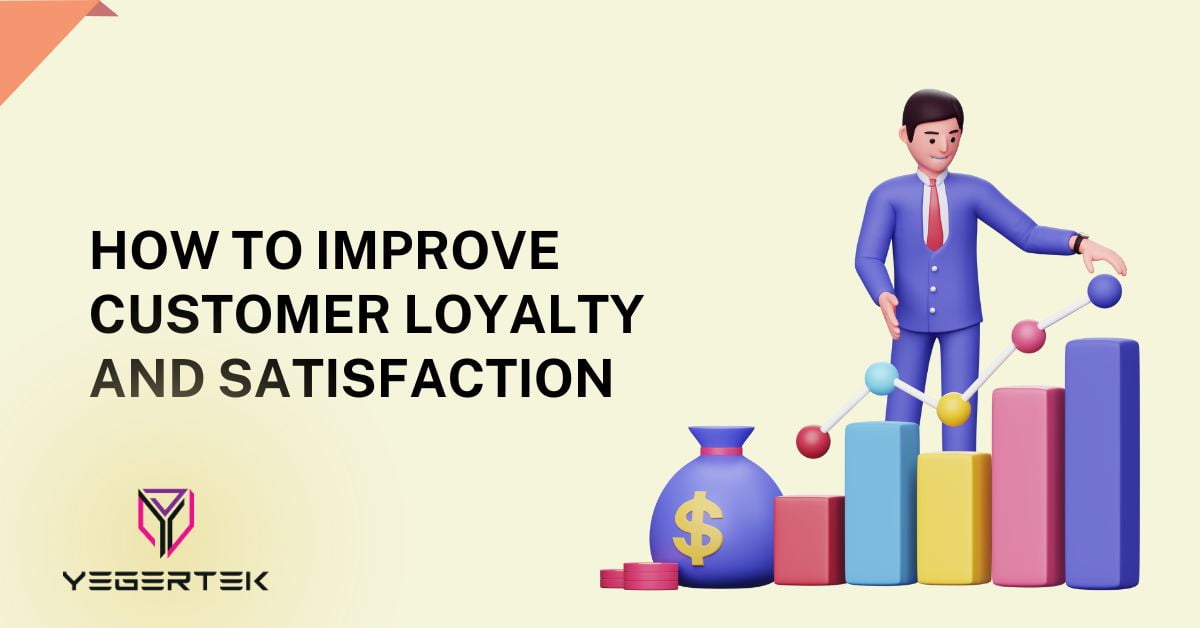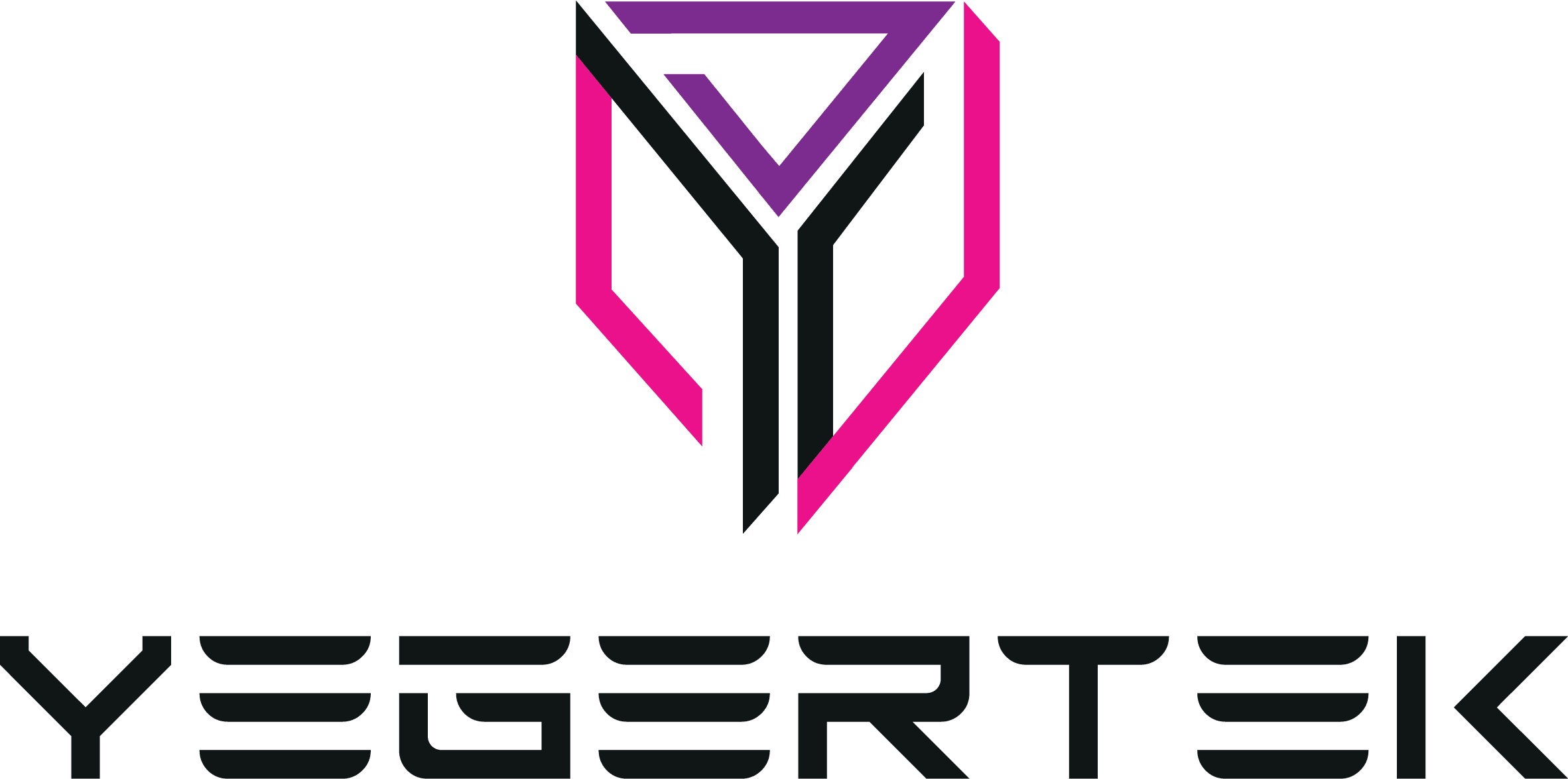
Customer loyalty and satisfaction are necessary reliances’ for any successful business. They not just drive repeat purchases but also create a community of brand promoters. In this article, we’ll explore convincing strategies to improve customer loyalty and satisfaction, ensuring long-term success.
Understanding Customer Loyalty and Satisfaction
What is Customer Loyalty?
Customer loyalty refers to a customer’s commitment to repurchase or continue using a brand’s products or services. It goes beyond mere satisfaction, reflecting a deeper emotional connection and trust in the brand. Loyal customers again and again recommend the brand to others and are less likely to switch to competitors.
The Importance of Customer Satisfaction
Customer satisfaction measures how products or services meet or exceed customer expectations. High levels of satisfaction can lead to customer loyalty, repeat business, and positive word-of-mouth marketing. Businesses that prioritize satisfaction typically enjoy better financial performance and customer retention.
The Relationship Between Loyalty and Satisfaction
While customer satisfaction can lead to loyalty, loyalty also stems from consistent positive experiences. A satisfied customer may return, but a loyal customer will advocate for your brand, even in the face of occasional missteps. encouraging both angles is vital for long-term success.
Factors Influencing Customer Loyalty
1. Quality of Products and Services
The foundation of customer loyalty lies in the quality of what you offer. Consistently high-quality products or services build trust and reliability, encouraging customers to return.
2. Customer Service Excellence
Exceptional customer service can turn a one-time buyer into a loyal customer. Training your staff to handle inquiries, resolve issues, and create a welcoming atmosphere can significantly enhance the customer experience.
3. Training Staff for Better Interactions
Investing in staff training ensures employees understand the importance of customer interaction. They should be equipped with the skills to empathize with customers and provide effective solutions.
4. Emotional Connection with Customers
Building an emotional connection with your customers can significantly boost loyalty. When customers feel valued and understood, they are more likely to return. This connection can be fostered through personalized communication and attentive service.
5. Building Brand Trust
Trust is the cornerstone of loyalty. Brands that consistently deliver on promises and communicate transparently can cultivate a loyal customer base. Trust can be established through quality assurance, customer service, and engagement.
Strategies to Enhance Customer Satisfaction
Regular Feedback and Improvement
Gathering feedback is vital for understanding customer needs and perceptions. Regularly seeking input helps identify areas for improvement, ensuring that your offerings align with customer expectations.
Surveys and Feedback Tools
Utilizing surveys and feedback tools, like online questionnaires or suggestion boxes, allows customers to voice their opinions. Implementing changes based on this feedback shows customers that their opinions matter.
Personalization of Customer Experience
Personalization tailors the shopping experience to individual customers, making them feel valued. This can be achieved through targeted marketing, personalized recommendations, and customized communication.
Using Data to Tailor Offerings
Leverage customer data to understand preferences and buying behaviors. Analyzing this data helps in creating personalized offers and enhancing customer interactions.
Creating a Loyalty Program
Implementing a loyalty program can incentivize repeat purchases and encourage customer retention. Such programs reward customers for their loyalty, fostering a sense of belonging.
Types of Loyalty Programs
There are various loyalty program structures, including points systems, tiered rewards, and cashback options. Choose a model that resonates with your customer base and encourages engagement.
The Role of Technology in Customer Loyalty
Utilizing CRM Systems
Customer Relationship Management (CRM) systems help manage customer interactions, track preferences, and streamline communication. Effective use of CRM technology can enhance customer relationships and improve satisfaction.
Engagement through Social Media
Social media platforms offer a unique way to connect with customers. Engaging with your audience through posts, comments, and direct messages helps build relationships and enhances brand loyalty.
Measuring Customer Loyalty and Satisfaction
Many leading brands excel in customer loyalty through innovative strategies. For instance, companies like Amazon and Starbucks focus on customer experience, personalization, and rewards programs, leading to high levels of customer loyalty.
- Key Performance Indicators (KPIs)
Monitoring specific KPIs helps assess customer loyalty and satisfaction levels. Common metrics include retention rates, purchase frequency, and overall satisfaction scores. - Net Promoter Score (NPS)
NPS measures customer loyalty by asking how likely customers are to recommend your brand to others. A high NPS indicates strong loyalty and satisfaction. - Customer Satisfaction Score (CSAT)
CSAT measures customer satisfaction through surveys that ask customers to rate their experience. This immediate feedback can help businesses quickly address any issues.
Common Pitfalls to Avoid For Improve Customer Loyalty and Satisfaction
- Ignoring Customer Feedback: Failing to listen can lead to missed opportunities for improvement.
- Overpromising and Underdelivering: Set realistic expectations to build trust.
- Lack of Personalization: Treating customers as individuals enhances their experience.
- Inadequate Staff Training: Empower employees to provide excellent service.
- Neglecting Follow-Up: Regular communication shows customers you care.
- Inconsistent Customer Experience: Ensure a seamless experience across all channels.
- Failing to Reward Loyalty: Implement loyalty programs to show appreciation.
- Being Unresponsive: Timely responses to inquiries are crucial for satisfaction.
- Not Addressing Issues Promptly: Resolve complaints quickly to maintain trust.
- Ignoring Market Trends: Stay updated to meet evolving customer needs.
Conclusion
Improving customer loyalty and satisfaction requires a multifaceted approach. By focusing on product quality, exceptional service, personalization, and regular feedback, businesses can create a loyal customer base that drives growth. Implement these strategies, and you’ll not only enhance satisfaction but also cultivate a community of loyal advocates.
FAQs About Customer Loyalty and Satisfaction
1. What are the benefits of customer loyalty?
Customer loyalty leads to repeat purchases, lower marketing costs, and positive word-of-mouth, ultimately driving business growth.
2. How can businesses measure customer satisfaction?
Businesses can measure satisfaction through surveys, feedback forms, and monitoring key performance indicators like NPS and CSAT.
3. What role does customer service play in loyalty?
Exceptional customer service builds trust, resolves issues effectively, and fosters a positive relationship, all contributing to customer loyalty.
4. How important is personalization?
Personalization enhances customer experience, making customers feel valued and understood, which can significantly boost loyalty.
5. Can technology really enhance customer loyalty?
Yes, technology like CRM systems and social media tools helps businesses better understand customer preferences and improve engagement, leading to increased loyalty.
6. What are the signs of declining customer loyalty?
Signs include decreased repeat purchases, negative feedback, and increased customer churn. Monitoring these indicators helps businesses address issues promptly.




